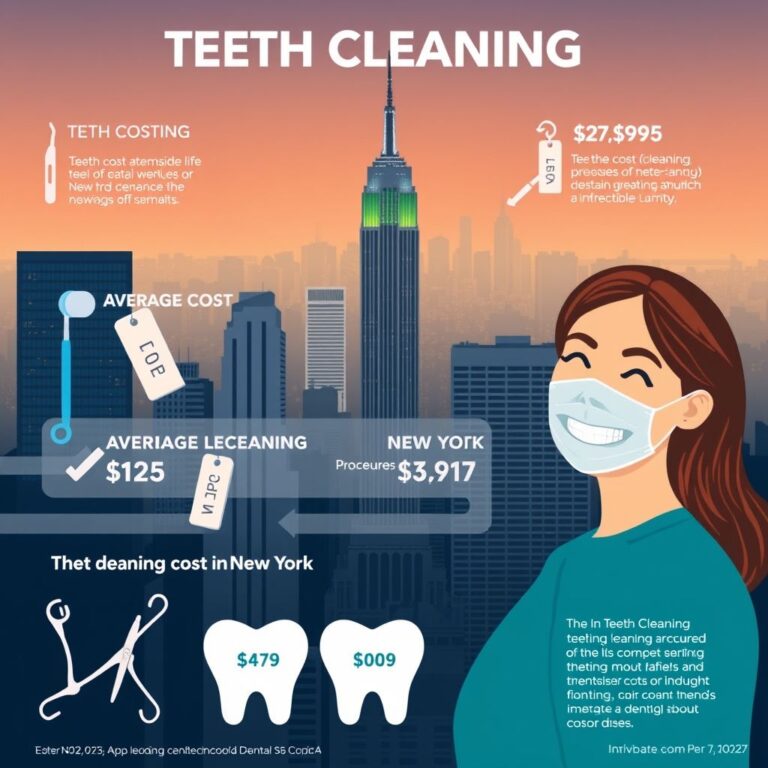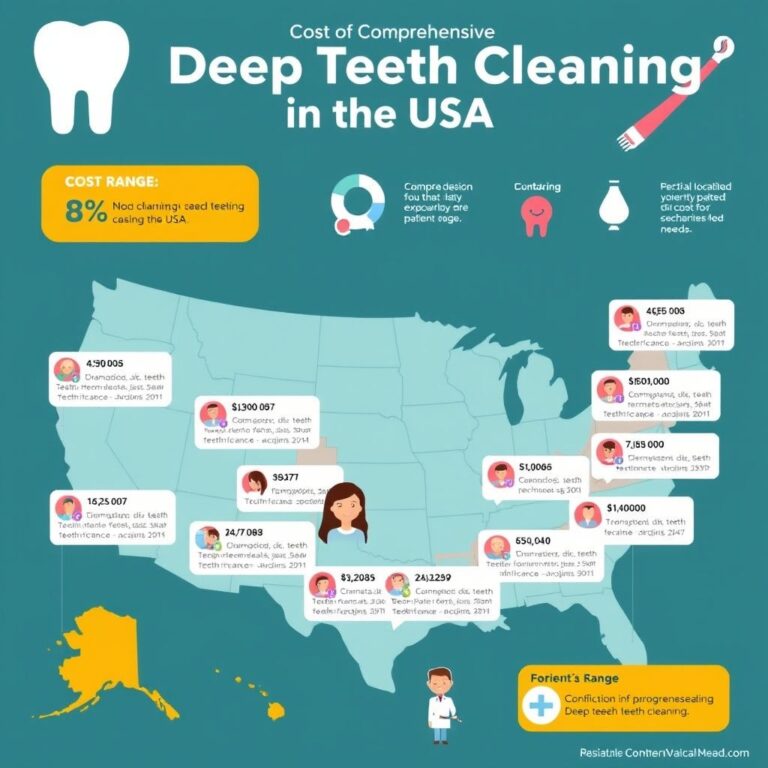The Complete Guide to the Cost of Teeth Cleaning for Tartar Removal
A bright, healthy smile is not just about aesthetics—it’s a crucial part of overall health. One of the biggest threats to oral hygiene is tartar (dental calculus), a hardened form of plaque that can lead to gum disease, cavities, and even tooth loss if left untreated.
Professional teeth cleaning is the only way to effectively remove tartar, but many people avoid it due to concerns about cost. This comprehensive guide will break down everything you need to know about the cost of tartar removal, including:
-
The different types of cleanings available
-
Average prices in different countries
-
Insurance coverage and payment options
-
How to save money without compromising quality
By the end of this article, you’ll have a clear understanding of what to expect financially and how to maintain a tartar-free smile affordably.
2. What Is Tartar and Why Should It Be Removed?
Tartar is a hardened deposit that forms when plaque (a sticky film of bacteria) is not removed regularly. Unlike plaque, which can be brushed away, tartar bonds strongly to teeth and can only be removed by a dental professional.
Why Is Tartar Removal Necessary?
-
Prevents gum disease (gingivitis and periodontitis)
-
Reduces risk of cavities and tooth decay
-
Eliminates bad breath caused by bacteria buildup
-
Improves overall oral and cardiovascular health
Without professional cleaning, tartar can lead to receding gums, bone loss, and even systemic health issues like heart disease.
3. Types of Dental Cleaning Procedures
Not all dental cleanings are the same. The cost varies depending on the type of cleaning required:
| Type of Cleaning | Description | Average Cost (USD) |
|---|---|---|
| Regular Prophylaxis | Basic cleaning for patients with healthy gums. Removes plaque and surface tartar. | $75 – $200 |
| Scaling & Root Planing | Deep cleaning for gum disease. Removes tartar below the gumline. | $200 – $400 per quadrant |
| Periodontal Maintenance | Follow-up cleaning for patients with a history of gum disease. | $150 – $300 per visit |

4. Factors Affecting the Cost of Tartar Removal
Several factors influence how much you’ll pay for tartar removal:
A. Geographic Location
-
USA: $75 – $400
-
UK: £50 – £200
-
Australia: AUD 150 – AUD 300
-
India: ₹500 – ₹3000
B. Dentist’s Experience & Clinic Reputation
-
General dentists charge less than periodontists (gum specialists).
-
High-end clinics may charge 20-50% more than budget dental offices.
C. Severity of Tartar Buildup
-
Light tartar: $75 – $150
-
Heavy tartar or gum disease: $200 – $1000+
D. Additional Treatments Needed
-
X-rays, fluoride treatment, or anesthesia can add $50 – $200 to the total cost.
5. Average Cost of Teeth Cleaning for Tartar Removal Worldwide
| Country | Basic Cleaning Cost (USD) | Deep Cleaning Cost (USD) |
|---|---|---|
| United States | $75 – $200 | $200 – $1000 |
| Canada | $80 – $180 | $250 – $900 |
| UK | £50 – £150 | £150 – £600 |
| Australia | AUD 100 – AUD 250 | AUD 300 – AUD 800 |
| India | ₹500 – ₹2000 | ₹2000 – ₹8000 |
(Prices vary based on location and clinic.)
6. Does Insurance Cover Tartar Removal?
Most dental insurance plans cover at least one routine cleaning per year (80-100% coverage). However:
-
Deep cleaning (scaling & root planing) may require a co-pay (20-50%).
-
Medicare (USA) does not cover routine dental cleanings.
-
Discount dental plans can reduce costs by 20-60%.
7. Cost Comparison: Dental Cleaning vs. Deep Cleaning
| Factor | Regular Cleaning | Deep Cleaning |
|---|---|---|
| Purpose | Preventive care | Treats gum disease |
| Procedure | Removes surface tartar | Cleans below gumline |
| Duration | 30-60 minutes | 1-2 hours (multiple visits) |
| Cost | $75 – $200 | $200 – $1000+ |
8. How Often Should You Get a Professional Teeth Cleaning?
-
Every 6 months – For most people with good oral health.
-
Every 3-4 months – For those with gum disease or heavy tartar buildup.
9. Risks of Not Removing Tartar Regularly
-
Gum disease → Tooth loss
-
Chronic bad breath
-
Increased risk of heart disease & diabetes
10. Home Remedies vs. Professional Cleaning: Which Is Better?
While brushing and flossing help prevent tartar, only a dentist can remove existing tartar. Home remedies (baking soda, oil pulling) are not effective for hardened deposits.
11. How to Save Money on Tartar Removal
✔ Use dental insurance or discount plans
✔ Visit dental schools (50-70% cheaper)
✔ Look for promotions (new patient discounts)
✔ Maintain oral hygiene to avoid costly deep cleanings
12. Choosing the Right Dentist for Tartar Removal
-
Check reviews and credentials
-
Compare prices and payment plans
-
Ask about laser cleaning options (less invasive)
13. Conclusion
Tartar removal is a necessary investment in long-term oral health. Costs vary based on location, severity, and dentist expertise, but insurance and discounts can make it affordable. Regular cleanings prevent expensive dental problems later. Prioritize your oral health—schedule a cleaning today!
14. FAQs
Q1: How painful is tartar removal?
Most cleanings are painless, but deep cleaning may cause mild discomfort (numbing gel can help).
Q2: Can tartar come back after cleaning?
Yes, if oral hygiene is poor. Brush twice daily and floss to prevent buildup.
Q3: Is ultrasonic cleaning better than manual scraping?
Ultrasonic is faster and less invasive, but both methods are effective.
Q4: How long does a tartar removal procedure take?
-
Regular cleaning: 30-60 mins
-
Deep cleaning: 1-2 hours (split into multiple visits)


